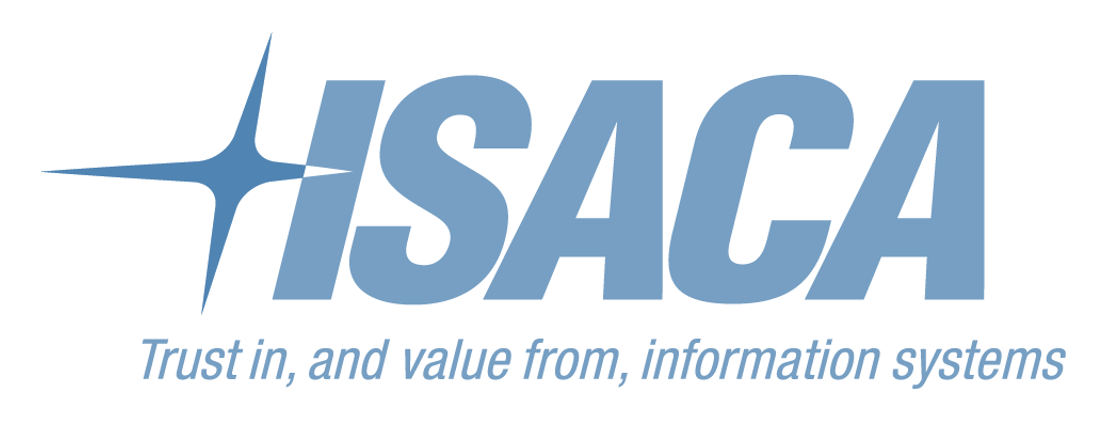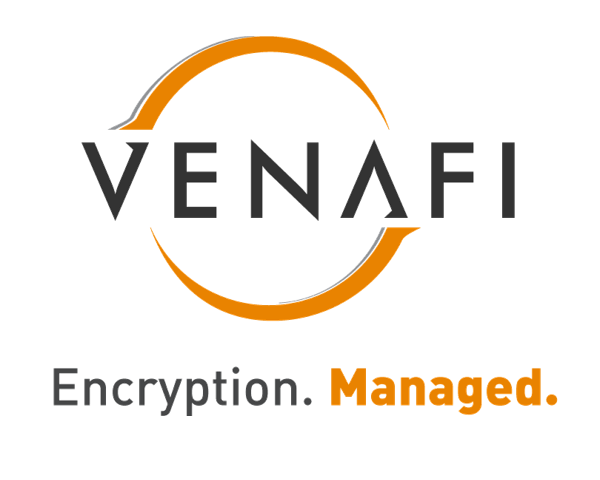Information Systems Audit & Control Association | Cybersecurity, the singularity and the rise of the silicon based life form
July 16, 2015
Information Systems Audit & Control Association — July 16, 2015 | Jeff Hudson
This is a summary. Read original article in full here.
 The singularity, a term coined by science fiction writer Vernor Vinge and popularized by futurist Ray Kurzweil, strikes fear into some of those familiar with artificial intelligence.
The singularity, a term coined by science fiction writer Vernor Vinge and popularized by futurist Ray Kurzweil, strikes fear into some of those familiar with artificial intelligence.
Simply put, The singularity will come to pass once artificial intelligence surpasses human intelligence.
Those that fear the singularity worry that we will create an artificial life form to do our bidding, which will, in an ironic twist, rise up and enslave us.
Now, I am not one to worry about the Cylons rising up and usurping their human masters. However, the fact remains that our romance with computer technology is not only heating up, it is accelerating the evolution of what I call silicon based life forms (SBLs).
We have become increasing dependent on our silicon-based helpers, those computing systems with ever-increasing processing capabilities that crunch our numbers and increase our productivity, enable our Internet-based communications and perform our trusted transactions.
The result of our dependence on SBLs is that they have bound us with soft shackles of convenience and a sense of connectedness. And though we can’t call it war, we are engaged in a battle for control over our helpers, lest they suddenly stop working, or worse, start working for someone else.
In 65 short years, the humble transistor evolved into an artificial life form called Watson, a computer system that recognizes natural language and, in 2011, handily defeated two former champions on the TV quiz show Jeopardy! In contrast, it took carbon based life forms (us) four billion years to evolve from the humble amoeba to a species capable of imagining and creating Watson.
In addition to carrying crushing computational loads without complaint, SBLs deliver our communications at the speed of light, transact business on our behalf and help us more efficiently perform myriad tasks. While we often consider the ways we interact with them, few of us think about how SBLs interact with one another.
Just as humans do, SBLs keep secrets — valuable secrets, ranging from customer data to intellectual property. SBLs share those secrets based on validated identities. The machines use IP addresses, secure sockets layer (SSL) digital certificates and secure shell (SSH) keys to talk to each other and verify each other’s identities, a virtual representation of the secret handshake used by clubs to identify trusted members.
The question we have to ask ourselves as the keepers of the SBLs is this — how do we protect the information stored within them? One way is to provide our SBLs with strong and protected identities in the form of secure encryption key lengths, sufficiently strong algorithms, trusted issuers and security best practices. If we don’t take these simple steps, our SBLs become vulnerable to their own form of identity theft — the consequences of which are arguably more devastating and far reaching than are the consequences of human identity theft.
After all, a thief who pilfers the right computer, server or application’s identity can steal millions of human identities, and more, in a matter of minutes.
SBLs can help us do the hard work of managing the tools with which they communicate. What we need to focus on is how we can better protect our SBLs against the consequences of poor security practices and weak technologies that can easily be taken advantage of by nefarious individuals.
After all, mankind continues to control the destiny of our computer systems. The singularity is the domain of science fiction, and it isn’t likely that this dynamic will ever change.
by Jeff Hudson | CEO, Venafi

![]() related reading:
related reading:
Venafi | main
Venafi | YouTube channel
Information Systems Audit & Control Association | main

related viewing from Venafi:
Venafi | The immune system for the internet. The human body evolved to survive in a world of threats. Inside of all of us is an identification system where HLA tags are attached to every cell. Our immune system uses these tags to identify what is self and what isn’t, what to trust and what to destroy.
The Internet was engineered with an identification system too: cryptographic keys and digital certificates. Just like HLA tags, these uniquely identify webservers, software, mobile devices, apps, admins, and even airplanes. But keys and certificates are blindly trusted. So bad guys use them to hide in encrypted traffic, deploy malware, and steal data.
Just like your immune system, Venafi learns and adapts as it works. Venafi identifies what keys and certificates are trusted and those that need to be replaced. It keeps keys and certificates secured to your policy and replaces them automatically. Venafi creates an ever-evolving, intelligent response that protects your network, your business, and your brand.
related viewing from Venafi:
Venafi | The attack chain. A typical attack on any organization is a multistep process. Exploited keys and certificates are a new way into the network, they are foundational to establishing trust, and attackers take advantage of the blind trust that organizations have in them.
Due to a lack of visibility and inability to secure and protect keys and certificates, cybercriminals have poisoned the trust that keys and certificates establish between two entities, allowing intruders to bypass some of the most advanced security solutions on the market today. Cybercriminals are able to infiltrate networks because traditional security solutions are designed to trust keys and certificates.
related viewing from Venafi:
Venafi | A new way in, encryption keys and digital certificates. Keys and certificates are a new attack vector that cyber criminals are taking advantage of every day. Unfortunately organizations are unable to detect or respond to these type of attacks because keys and certificates have become blindly trusted.